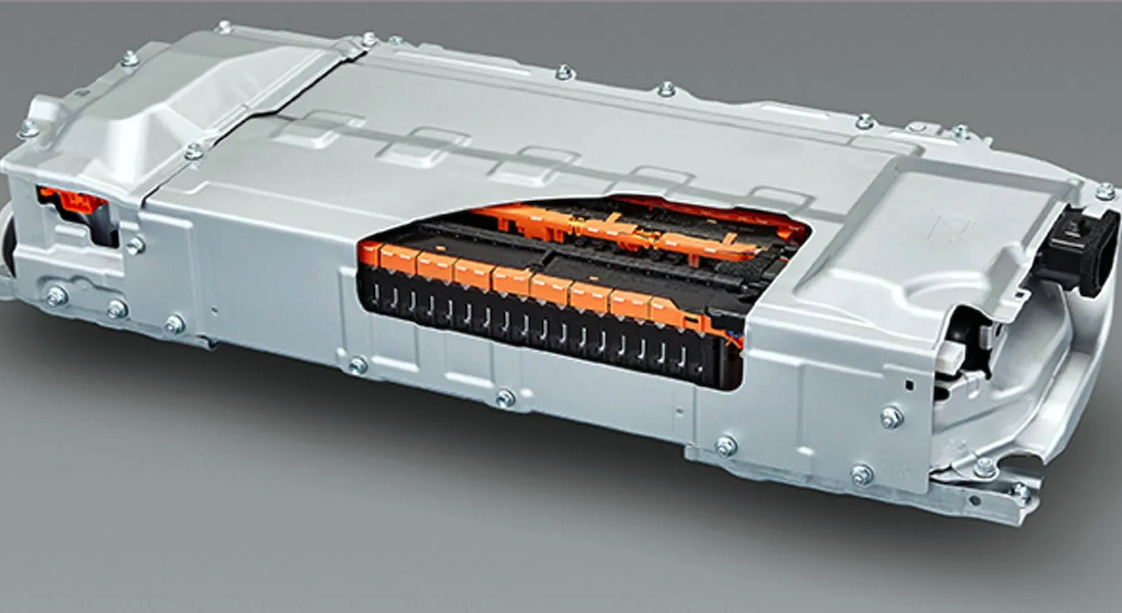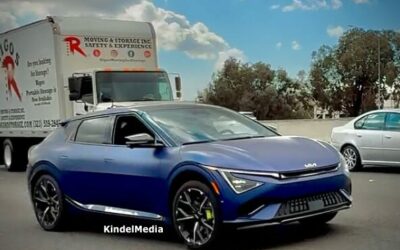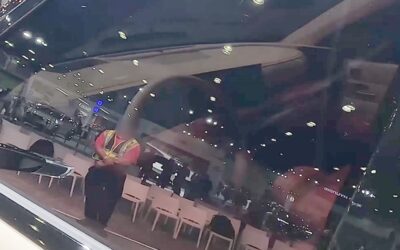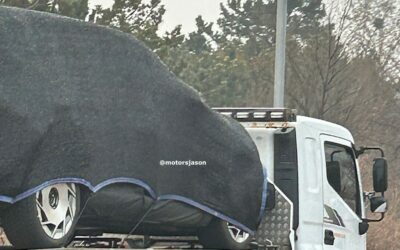Hyundai Motor Group plans to develop its own LFP batteries for electric vehicles to reduce dependence on China-made batteries. According to South Korean media, under the two-year joint project with Korea-based battery makers that started this year, Hyundai will complete development of LFP batteries in 2024.
The batteries will be installed in Hyundai and Kia’s small and entry-level electric cars and midpriced EVs from 2025. A Hyundai Motor Group official declined to comment on the matter, citing confidentiality, and said, “We are looking into working with small battery makers as well as large companies (like LG Energy Solution, Samsung SDI and SK On) here in Korea.”
Hyundai aims to maximize the battery cell’s capacity to the highest level of more than 60 amperes. Its energy density will be around 300 watts per kilogram. The company plans to improve the product’s voltage and capacity to similar levels of premium nickel, manganese and cobalt, or NCM, batteries.
Industry insiders say the carmaker’s bold move to make its own batteries comes after its commitment to distance itself from Chinese battery makers in producing cost-effective EVs.
The Hyundai Kona EV and KIA RAY EV are equipped with China-based CATL’s LFP batteries. But with the deepening tech trade war between China and the US and its allies, including Europe, Hyundai Motor Group has been under pressure to join the decoupling push. Hyundai’s own battery business can also ramp up low and mid-priced electric car production, which is gaining more traction amid a worldwide EV sales slump, according to experts.
“With prolonged economic slowdown and high inflation, customers, who are interested in electric cars, are eyeing entry-level and less pricey EVs,” said Lee Ho-geun, a car engineering professor at Daeduk University. “Like the world’s top EV makers Tesla and BYD, if Hyundai develops more EV batteries, it can boost production and cut the overall costs.”
Following the master plan, the first Hyundai-made NCM battery for its hybrid cars, a product of a business tie-up with SK On, was installed in the 5th generation Santa Fe.






